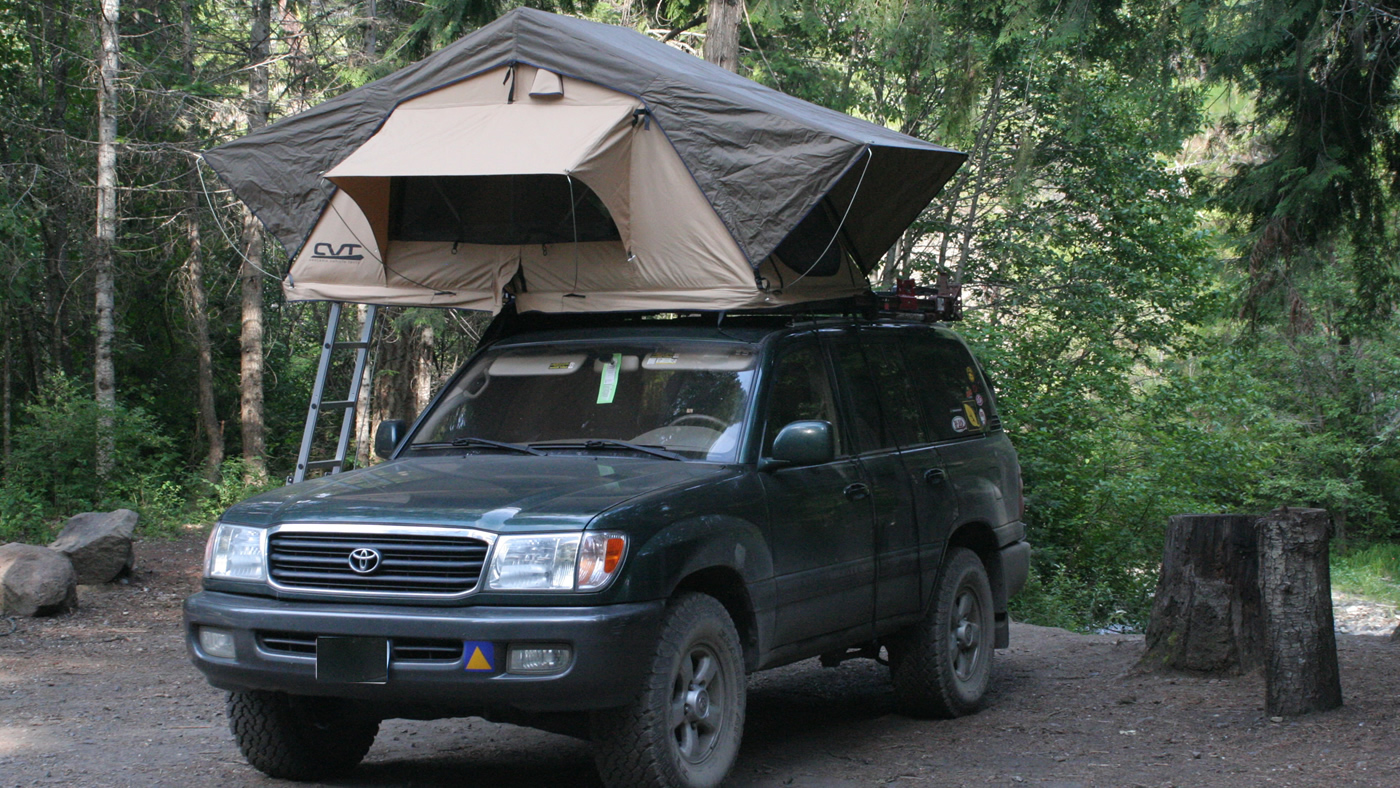EXPERIENCE THE MAGIC OF MASAI MARA : YOUR ULTIMATE SAFARI ADVENTURE GUIDE
The vast golden grasslands stretch endlessly toward the horizon, punctuated by acacia trees and the distant silhouettes of grazing wildlife. Welcome to the Masai Mara, Kenya's crown jewel and one of Africa's most spectacular safari destinations. This legendary reserve offers an unparalleled window into the raw beauty of the African wilderness, where every game drive promises encounters that will leave you breathless.
Why Masai Mara Should Top Your Safari Bucket List
The Masai Mara National Reserve encompasses over 1,500 square kilometers of pristine savanna ecosystem, forming the northern extension of Tanzania's Serengeti. What sets this destination apart isn't just its incredible wildlife density, but the seamless blend of dramatic landscapes, rich Maasai culture, and some of the most reliable wildlife viewing opportunities on the continent.
Unlike many other safari destinations where wildlife sightings can be unpredictable, the Mara consistently delivers. The reserve's unique position along ancient migration routes means that at any given time of year, you're likely to encounter an impressive array of animals going about their daily lives in their natural habitat.
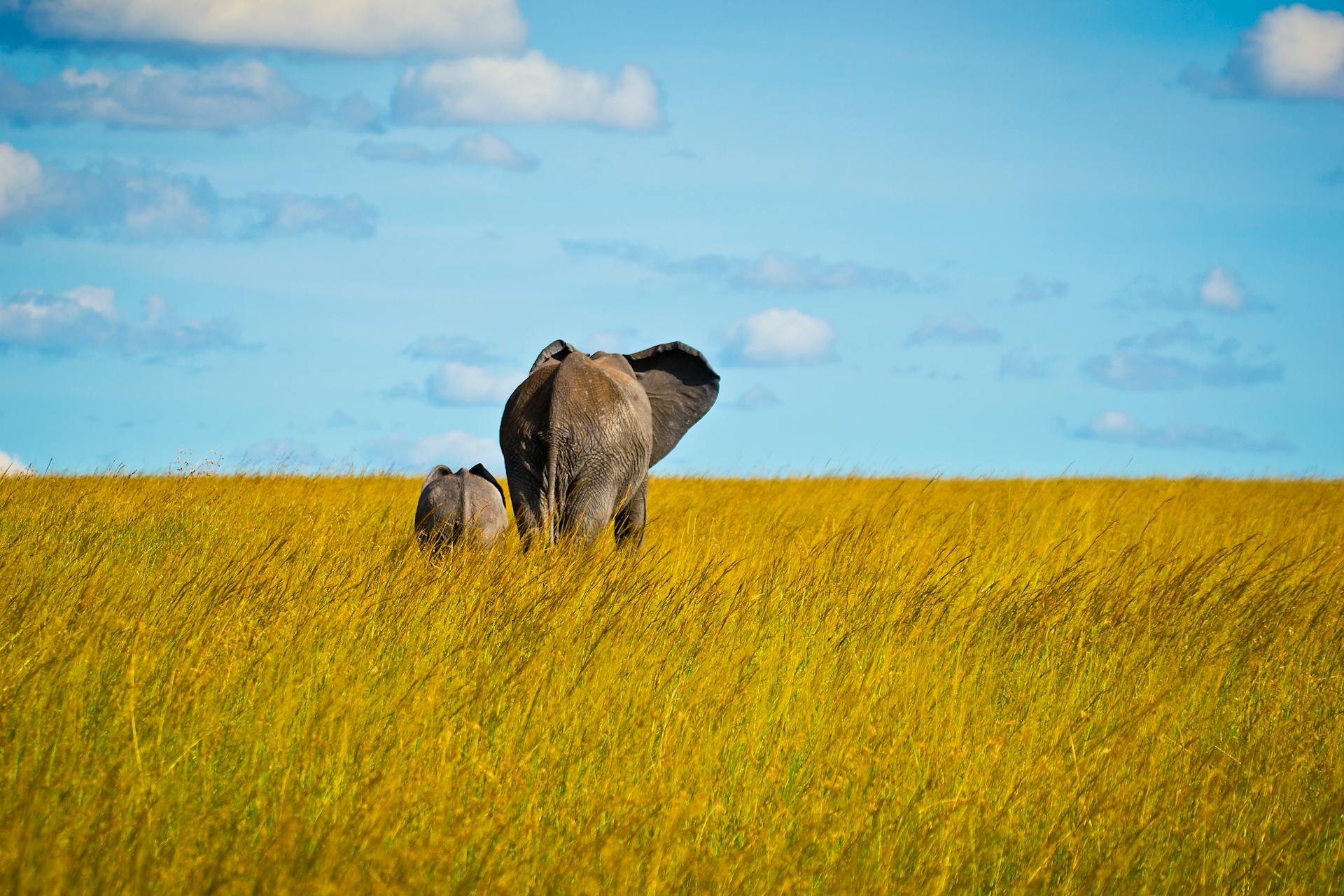
Elephant Strides
A glimpse into the harmony and patterns of the elephants as they graze peacefully across the plains.
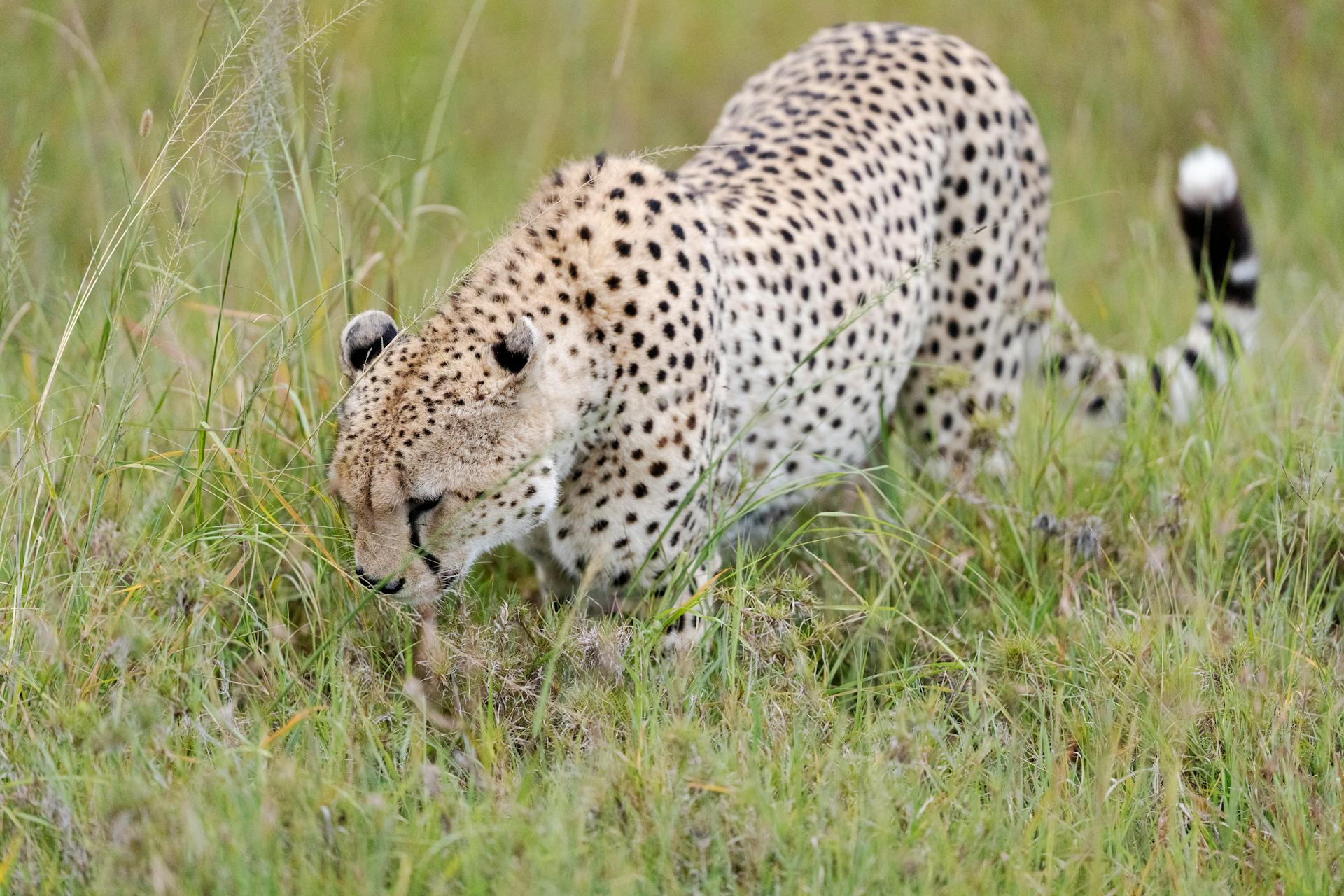
Swift Cheetah
Feel the silent power of the Mara’s cheetahs as they claim the hour in timeless stillness.
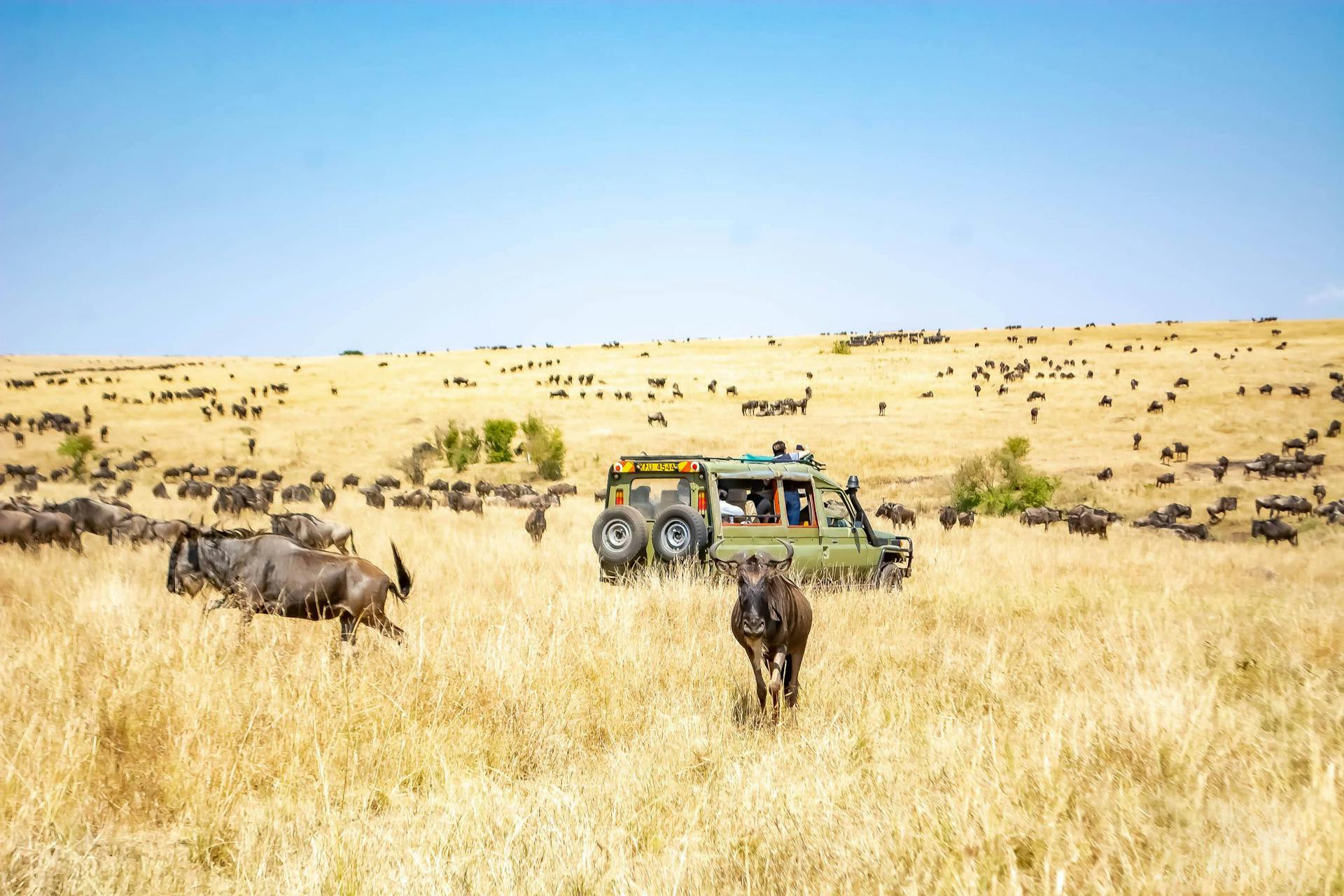
Golden Savannah
Where sky meets earth — the endless beauty of the Mara’s landscape during the setting sun.
The Great Migration: Nature's Greatest Spectacle
Between July and October, the Masai Mara becomes the stage for one of nature's most awe-inspiring events. Over two million wildebeest, zebras, and gazelles thunder across the landscape in their eternal search for fresh grazing grounds. This isn't just a simple movement of animals – it's a dramatic life-and-death struggle that has played out for millennia.
The highlight of this migration is undoubtedly the river crossings. Watching hundreds of thousands of wildebeest gather courage before plunging into the crocodile-infested waters of the Mara River is both heart-stopping and deeply moving. The tension builds as the herds mass on the riverbanks, and when the crossing finally begins, the thundering hooves and desperate bleating create an unforgettable symphony of survival.
Even outside migration season, the Mara's resident wildlife populations ensure exceptional game viewing year-round. The reserve is home to significant populations of elephants, buffalo, lions, leopards, and cheetahs, making it one of the best places in Africa to spot the Big Five.
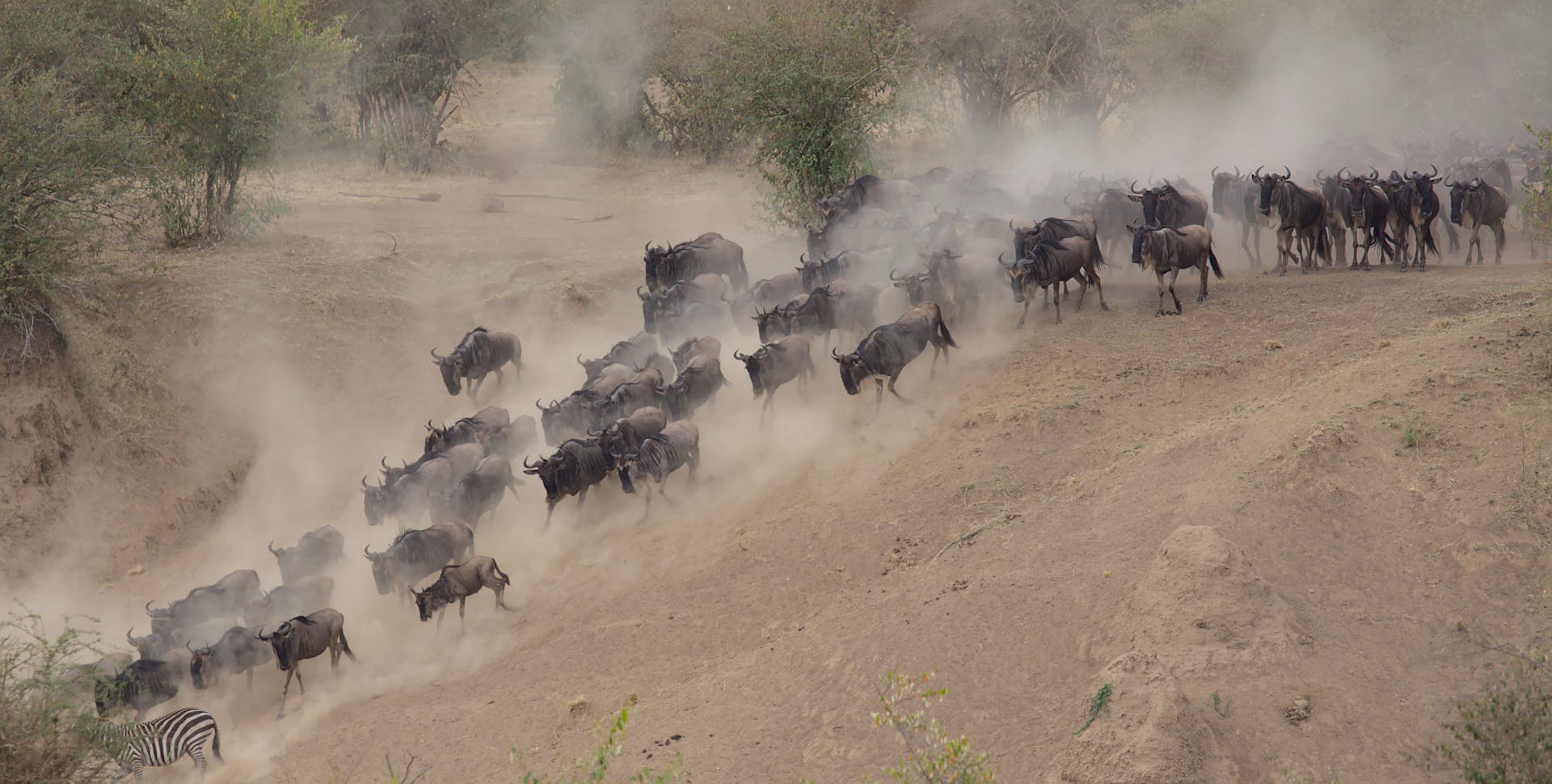
Great Migration
A glimpse into the rhythm and wonder of the great wildebeest migration, as vast herds move in unison across the sweeping plains.
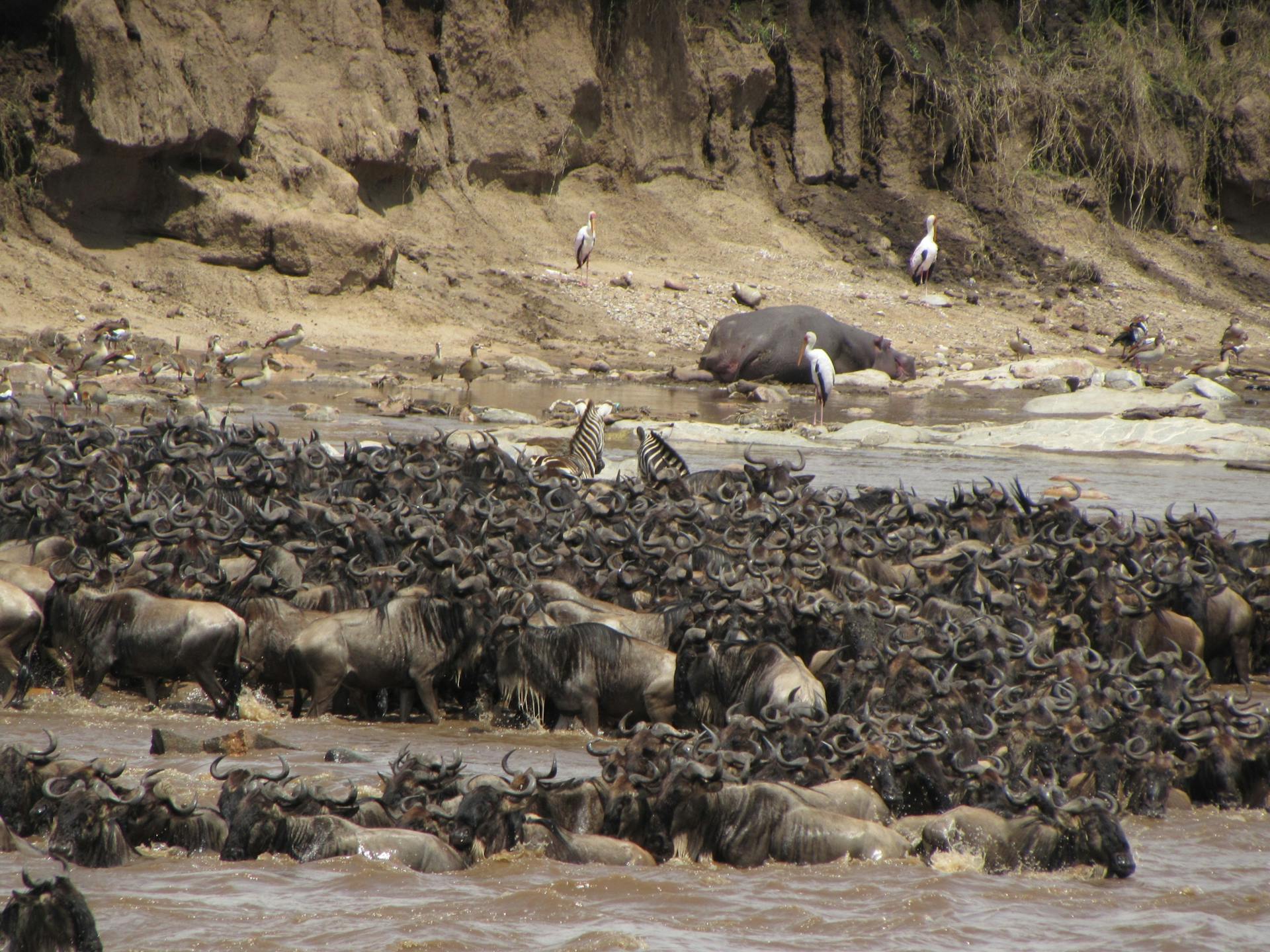
Wildebeest Migration
Witness the thunderous rhythm of the Great Wildebeest Migration as thousands surge across the Mara, a breathtaking dance of survival etched into the heart of Africa.
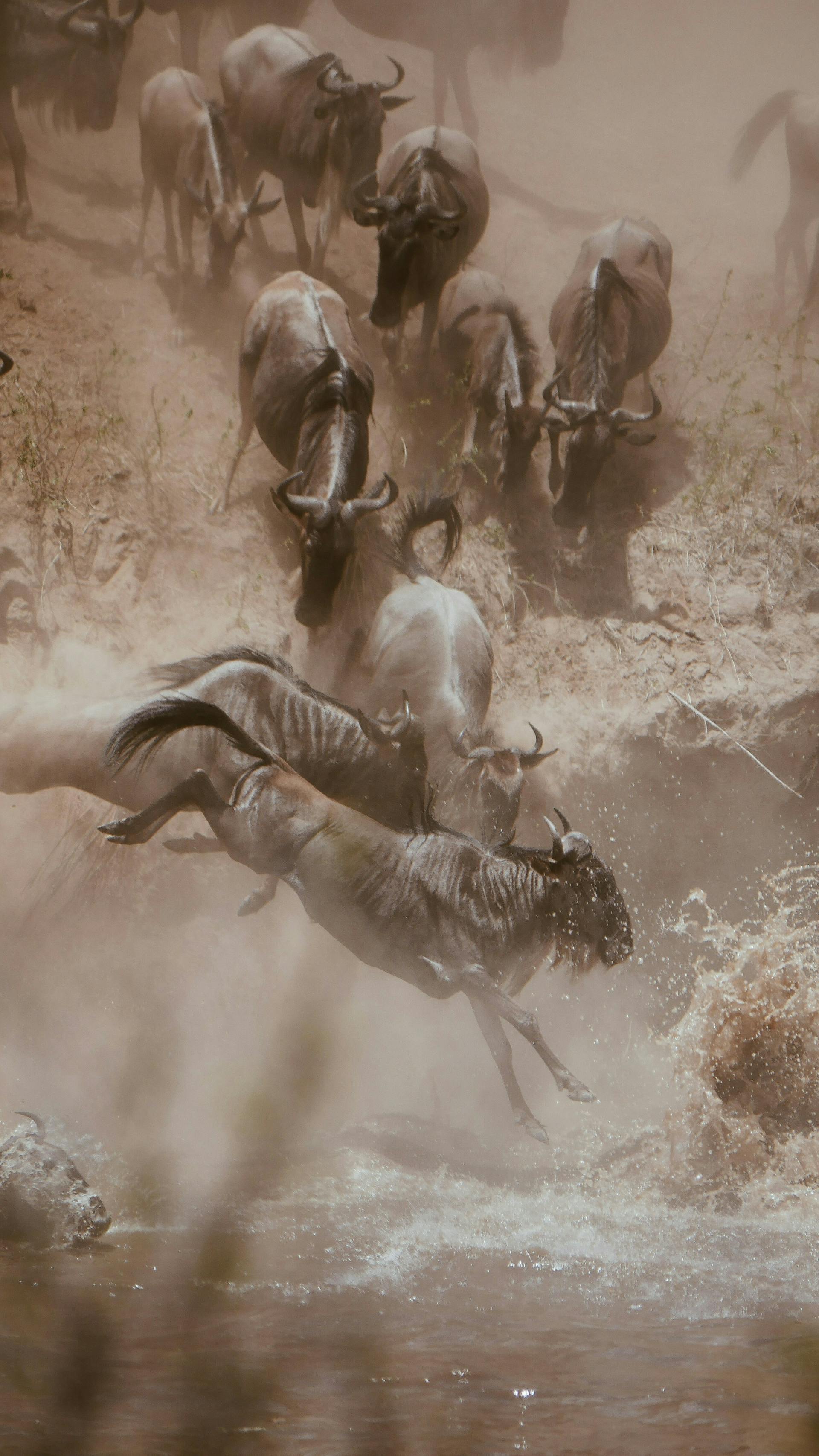
Great Migration
Where sky meets earth — witness the awe-inspiring Great Wildebeest Migration unfolding across the golden plains of the Mara under a setting sun.
Big Five and Beyond : Wildlife Encounters to Remember
The Big Five – lion, leopard, elephant, buffalo, and rhinoceros – represent the holy grail of safari sightings, and the Masai Mara offers excellent opportunities to see them all. The reserve's lion population is particularly notable, with several well-studied prides that have become famous through documentaries and research programs.
Leopards, though more elusive, are regularly spotted in the reserve's riverine forests and rocky outcrops. The sight of these magnificent cats draped languidly across acacia branches or stalking through tall grass is pure magic. Cheetahs favor the open plains where they can utilize their incredible speed, and the Mara's expansive grasslands provide perfect hunting grounds for these sleek predators.
Beyond the Big Five, the Masai Mara hosts an incredible diversity of wildlife. Towering Masai giraffes move gracefully across the plains, their distinctive patterns making them easily distinguishable from other giraffe subspecies. Hippos congregate in the Mara River pools, while crocodiles bask on the muddy banks. The reserve is also home to spotted hyenas, jackals, bat-eared foxes, and numerous antelope species including topi, impala, and Thomson's gazelles.
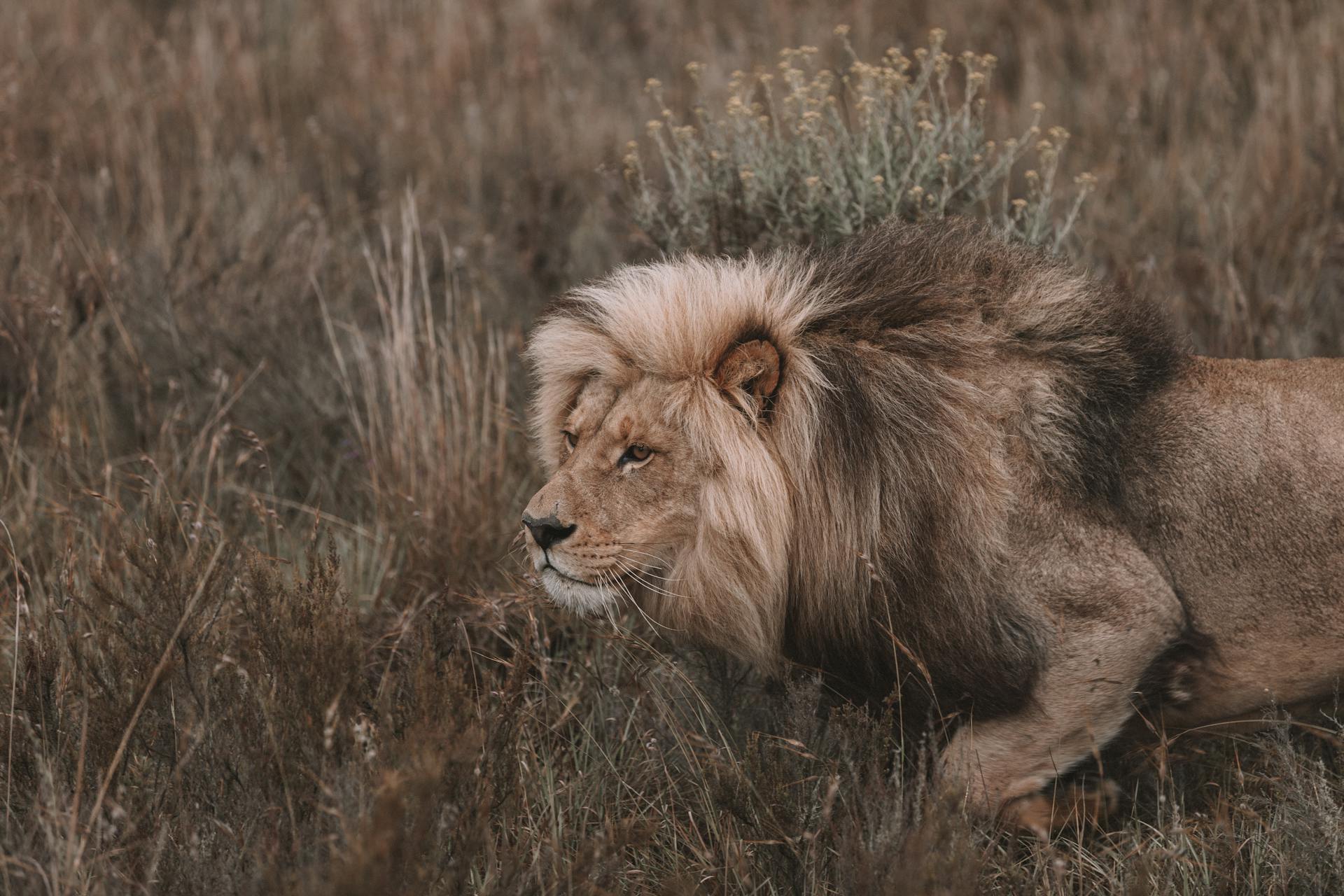
King of the Jungle
A glimpse into the power and majesty of the lion, as it surveys its kingdom across the sweeping plains, ruler of the wild.
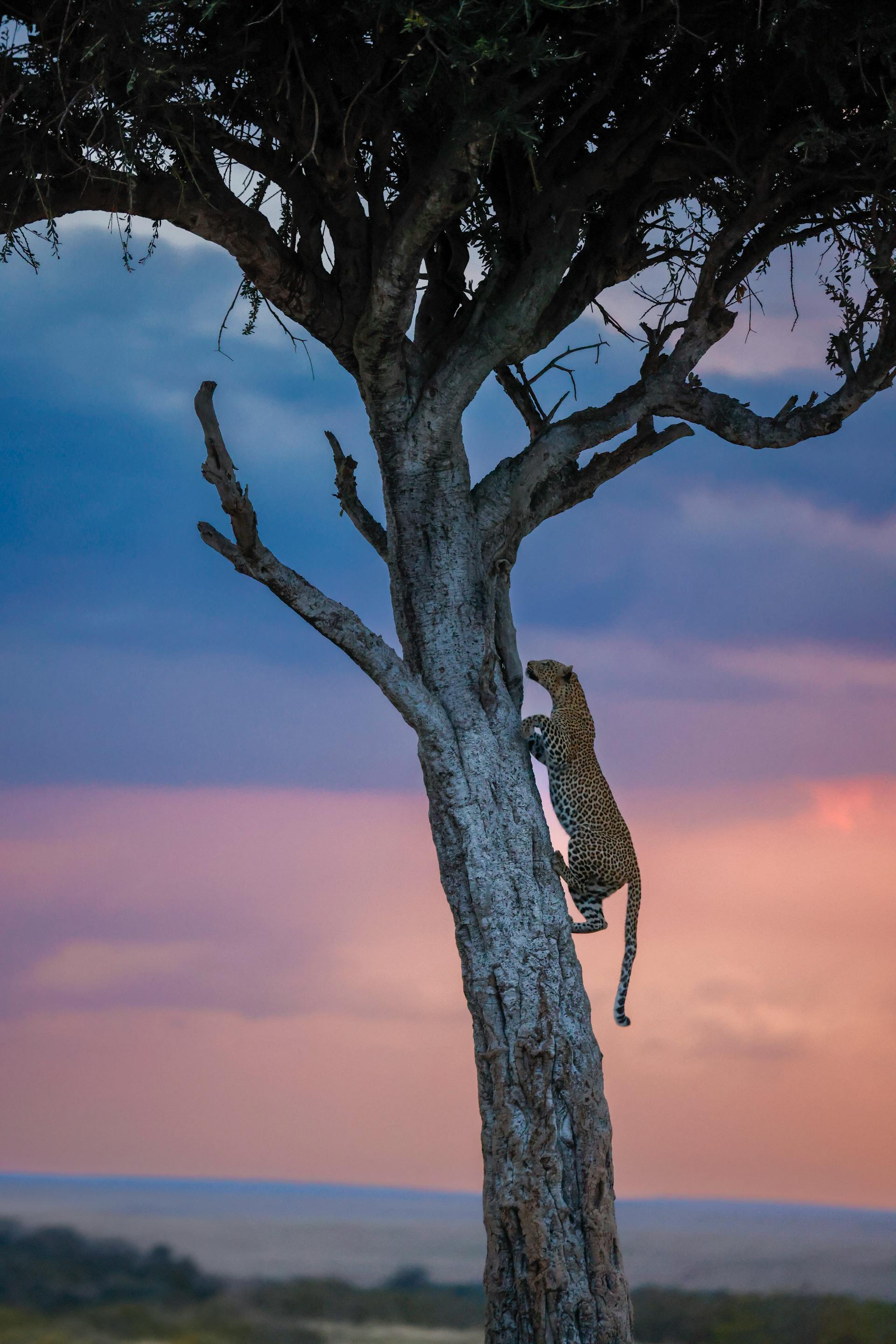
Leopard's Skills
Behold the silent grace of the leopard, Africa’s elusive predator. With eyes like molten gold and movements as fluid as shadow, it prowls the Mara—an untamed whisper of power and mystery in the heart of the wild.
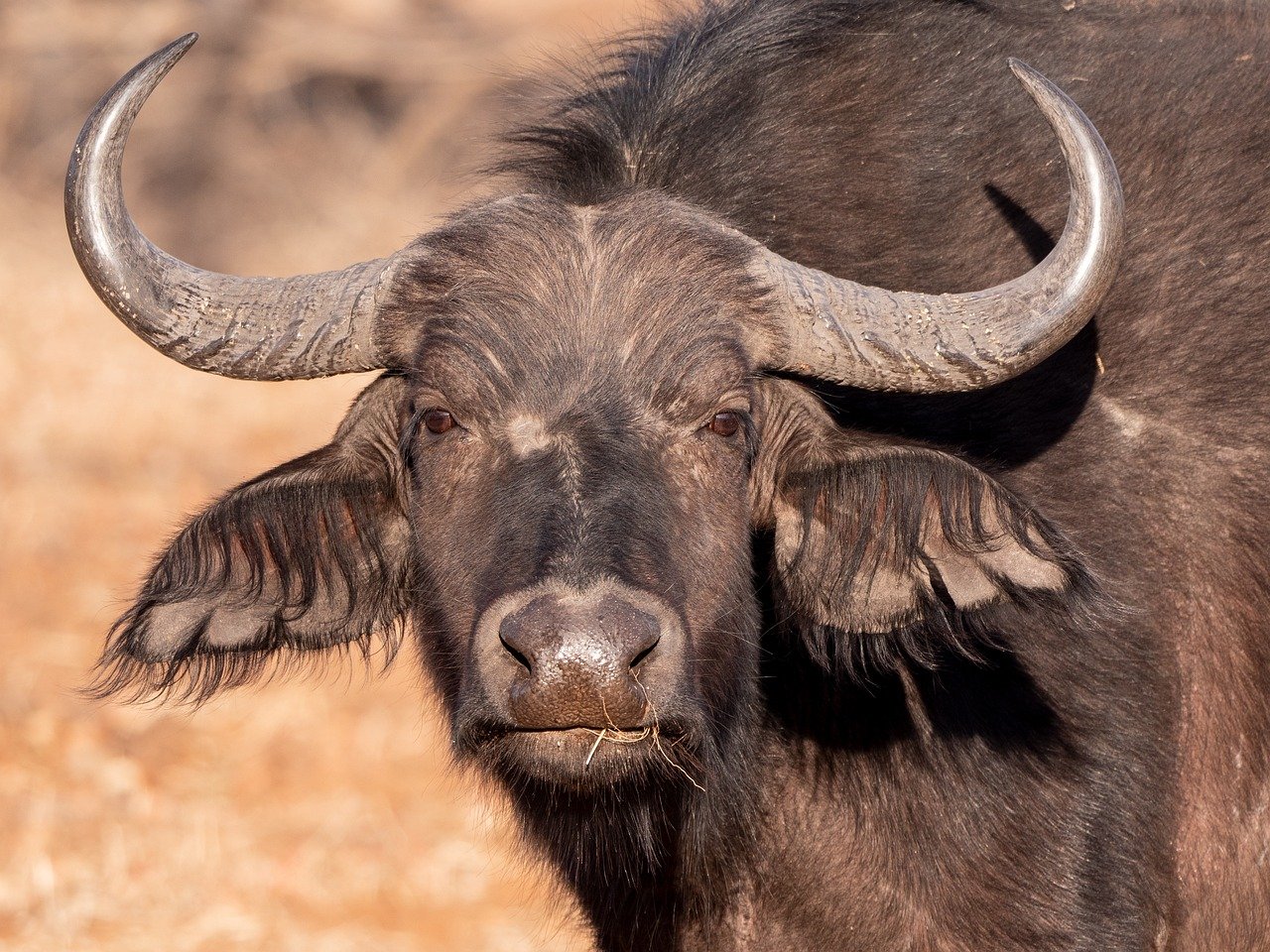
The Buffalo
Where sky meets earth — witness the mighty buffalo herds roaming the golden plains of the Mara, their strength and unity etched against the glow of a setting sun.
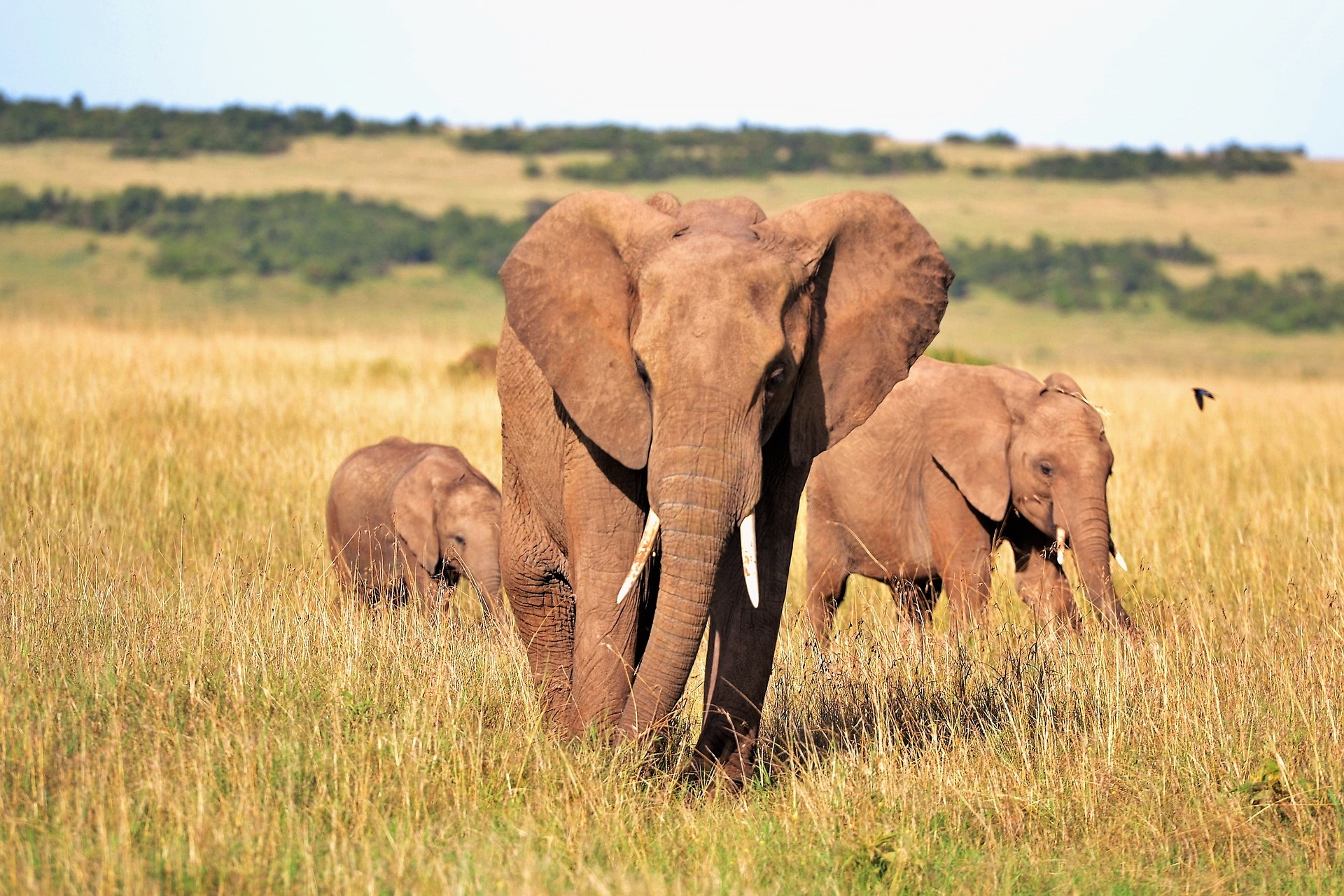
Spectacular Elephants
Behold the majestic elephants as they roam the golden plains of the Mara, silhouetted against the setting sun.
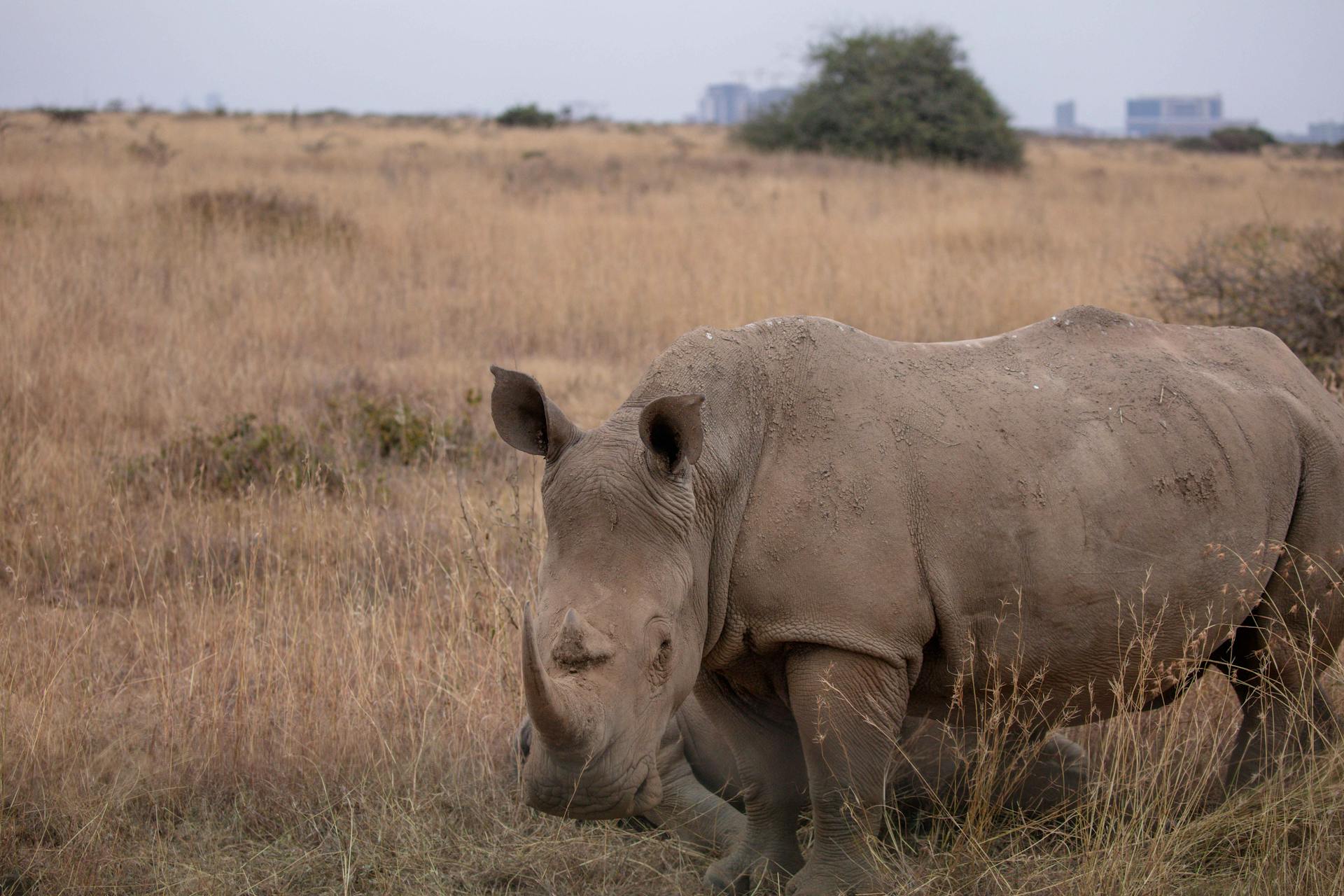
Rhinoceros
The mighty rhinoceros roams the golden plains of the Mara, a symbol of strength and survival under the setting sun.
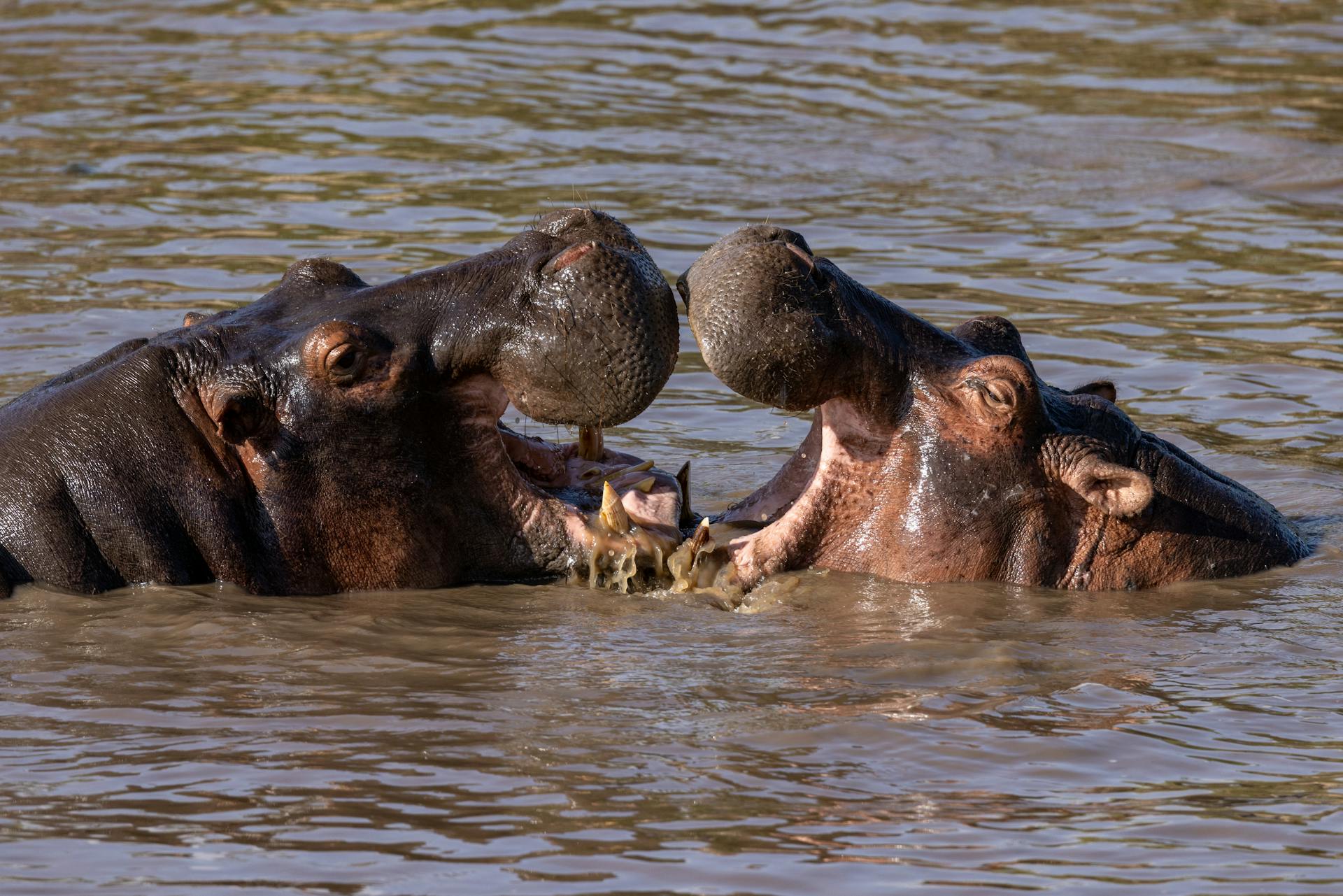
Hippos
The mighty hippopotamus wades through the winding rivers of the Mara, a symbol of resilience and quiet power beneath the shimmering sun.
A Birdwatcher's Paradise
With over 470 recorded bird species, the Masai Mara offers world-class birding opportunities that often take visitors by surprise. Secretary birds stride across the grasslands like prehistoric creatures, while massive ground hornbills forage for insects and small reptiles. Colorful lilac-breasted rollers provide perfect photo opportunities as they perch on termite mounds and fence posts.
The reserve's varied habitats support an impressive range of species, from water birds along the Mara River to raptors soaring over the plains. Seasonal migrations bring additional species, and the presence of both resident and migrant populations means that birding remains excellent throughout the year.
Cultural Encounters : Meeting the Maasai People
No Masai Mara experience is complete without engaging with the local Maasai communities who have coexisted with wildlife in this region for centuries. Many lodges and camps offer cultural visits to traditional Maasai villages, where you can learn about ancient customs, traditional medicine, and the pastoral lifestyle that has defined this warrior culture.
The Maasai's deep connection to the land and their traditional conservation practices have played a crucial role in protecting the ecosystem. Their colorful shukas (traditional clothing), intricate beadwork, and traditional dances provide insight into a culture that has maintained its identity despite the pressures of modernization.
These cultural exchanges offer valuable perspectives on conservation and the delicate balance between human communities and wildlife preservation. Many Maasai now work as guides, conservationists, and community leaders in tourism, creating economic incentives for wildlife protection.
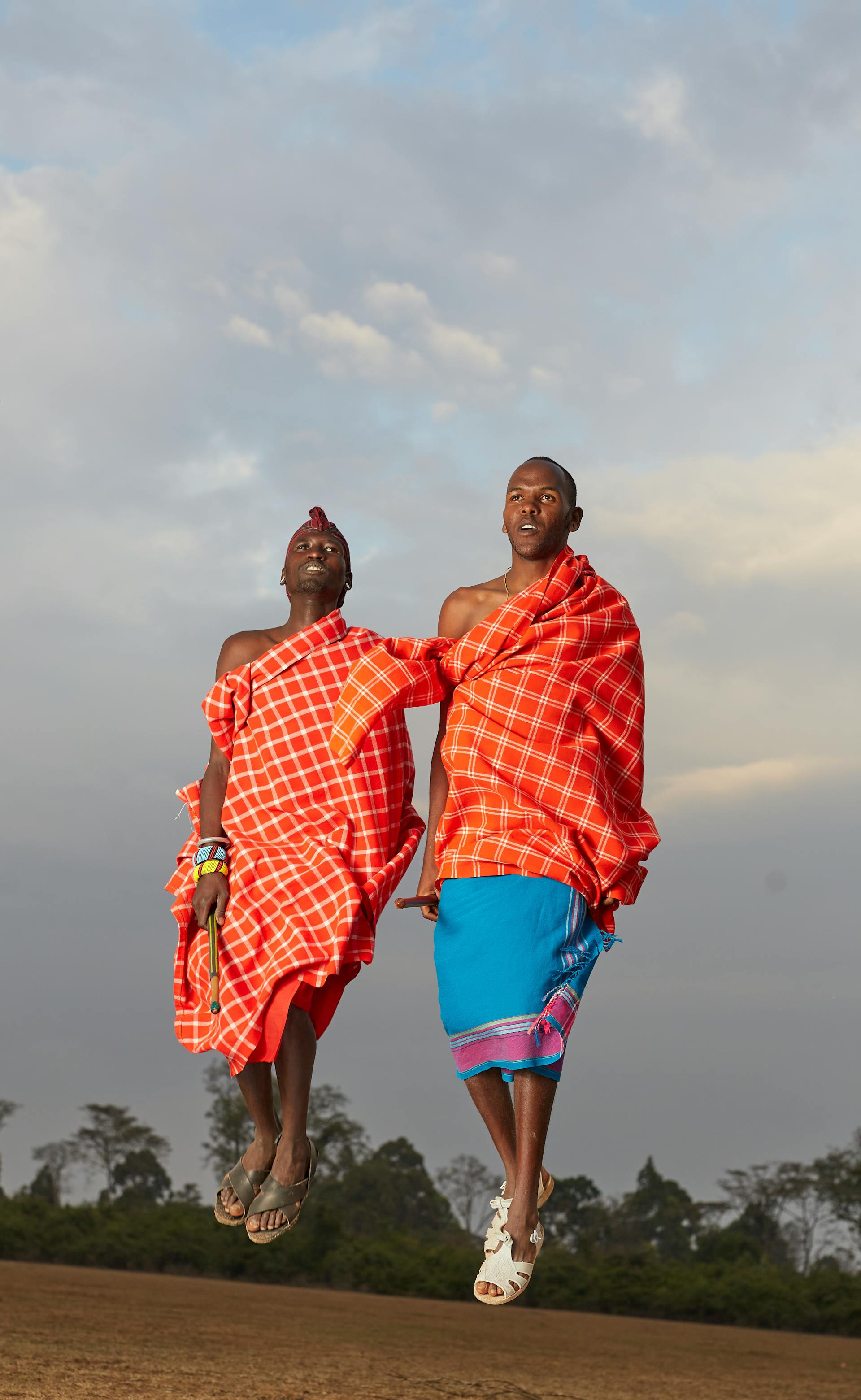
Experience the Maasai Culture
Feel the ancient spirit of the Maasai as their warriors stand tall, guardians of the vast Mara, embodying strength in every silent step.

Maasai Cultural Experience
Feel the proud spirit of the Maasai as they walk the ancient land, their footsteps echoing through the endless plains.
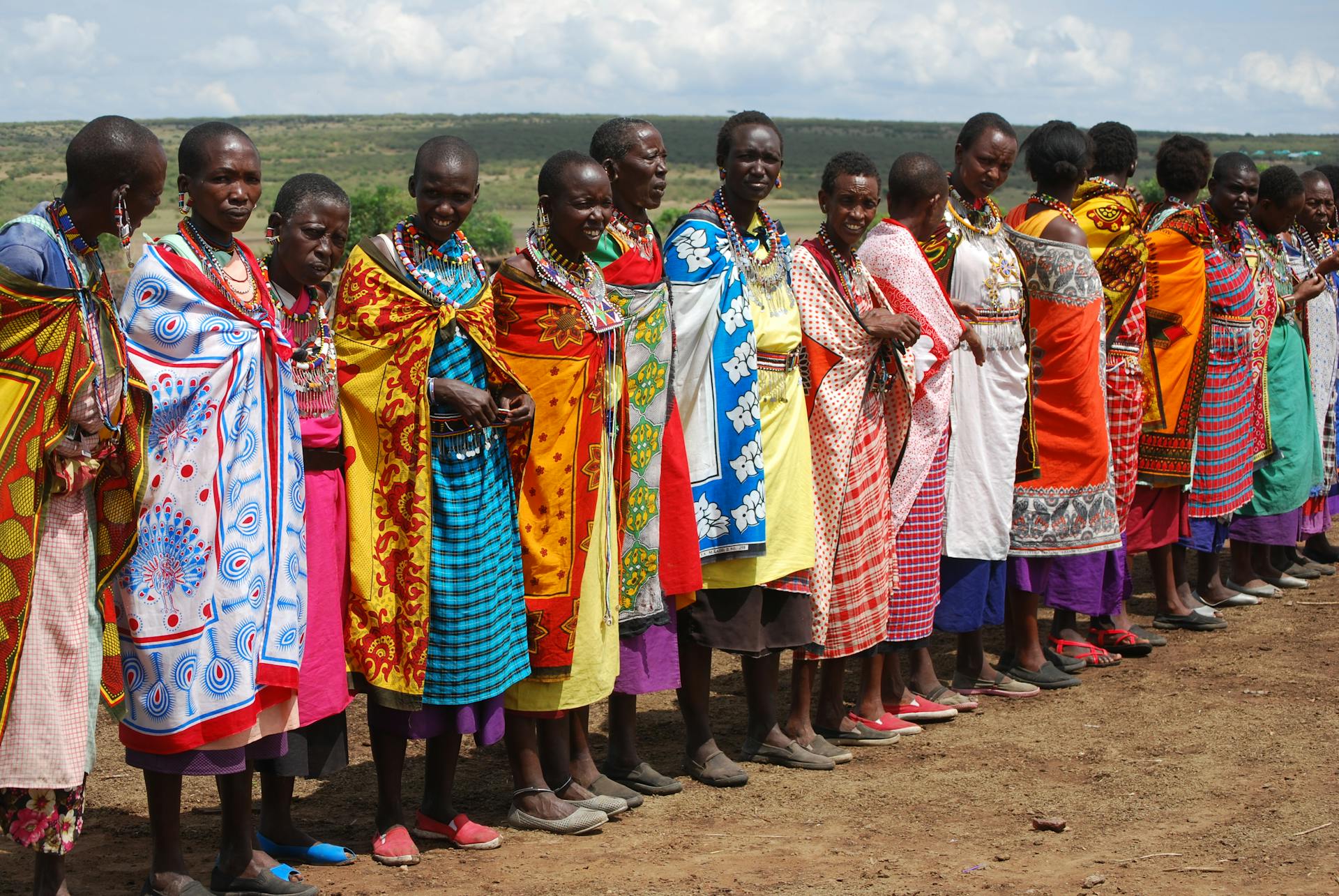
Enjoy the Maasai Experience
A glimpse into the rich traditions and vibrant patterns of the Maasai culture as they live in harmony with the land and wildlife of the plains.
Planning Your Maasai Mara Safari
The best time to visit the Masai Mara depends on your priorities. For the Great Migration, plan your trip between July and October when the herds are in the area. However, this is also peak season, meaning higher prices and more crowded game viewing areas.
The shoulder seasons of April through June and November through March offer excellent wildlife viewing with fewer crowds and often better rates. The short rains in November can create particularly beautiful conditions with lush green landscapes and dramatic skies.
When choosing accommodation, options range from luxury tented camps that offer five-star comfort in the wilderness to more budget-friendly options that still provide authentic safari experiences. Many camps are located in private conservancies adjacent to the main reserve, offering exclusive game viewing areas with fewer restrictions on off-road driving and night game drives.
Self-Drive Camping Safaris : The Ultimate Adventure
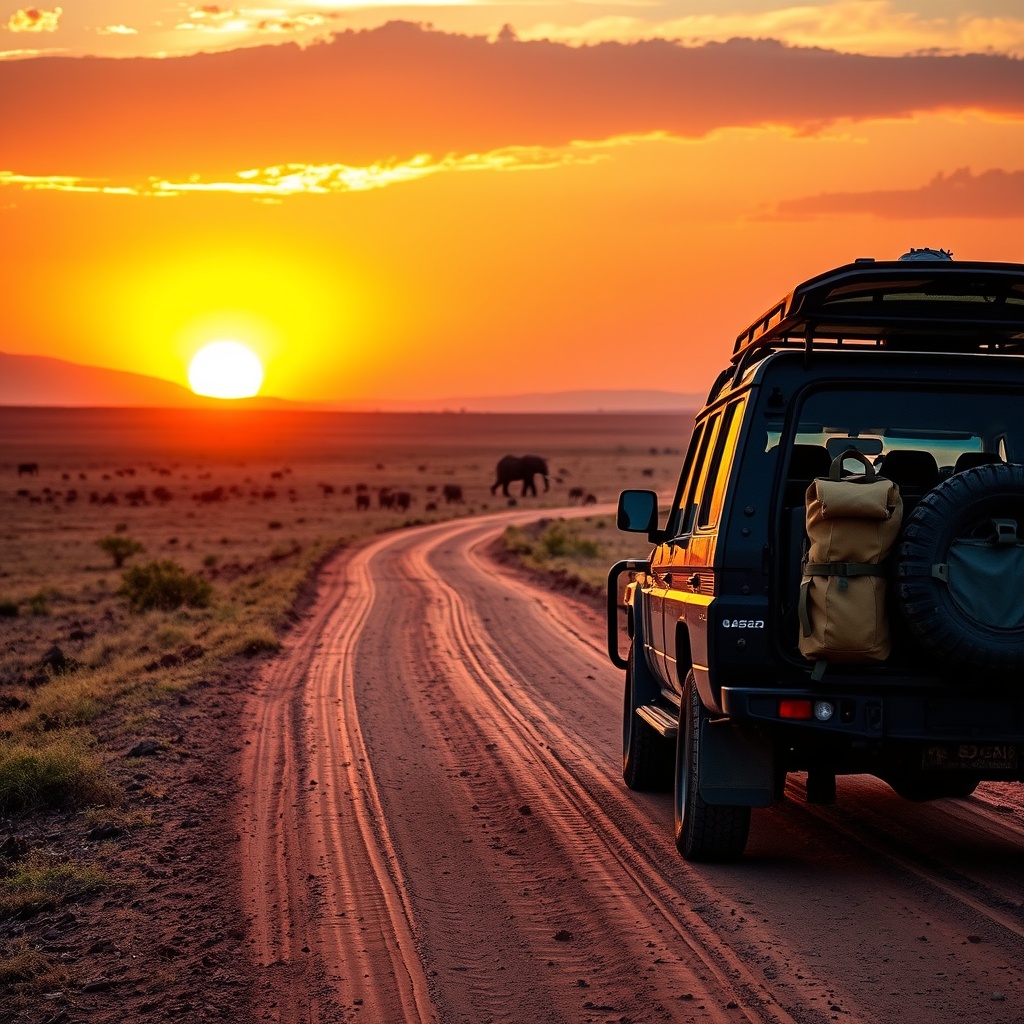
A Safari Experience Like Never Before
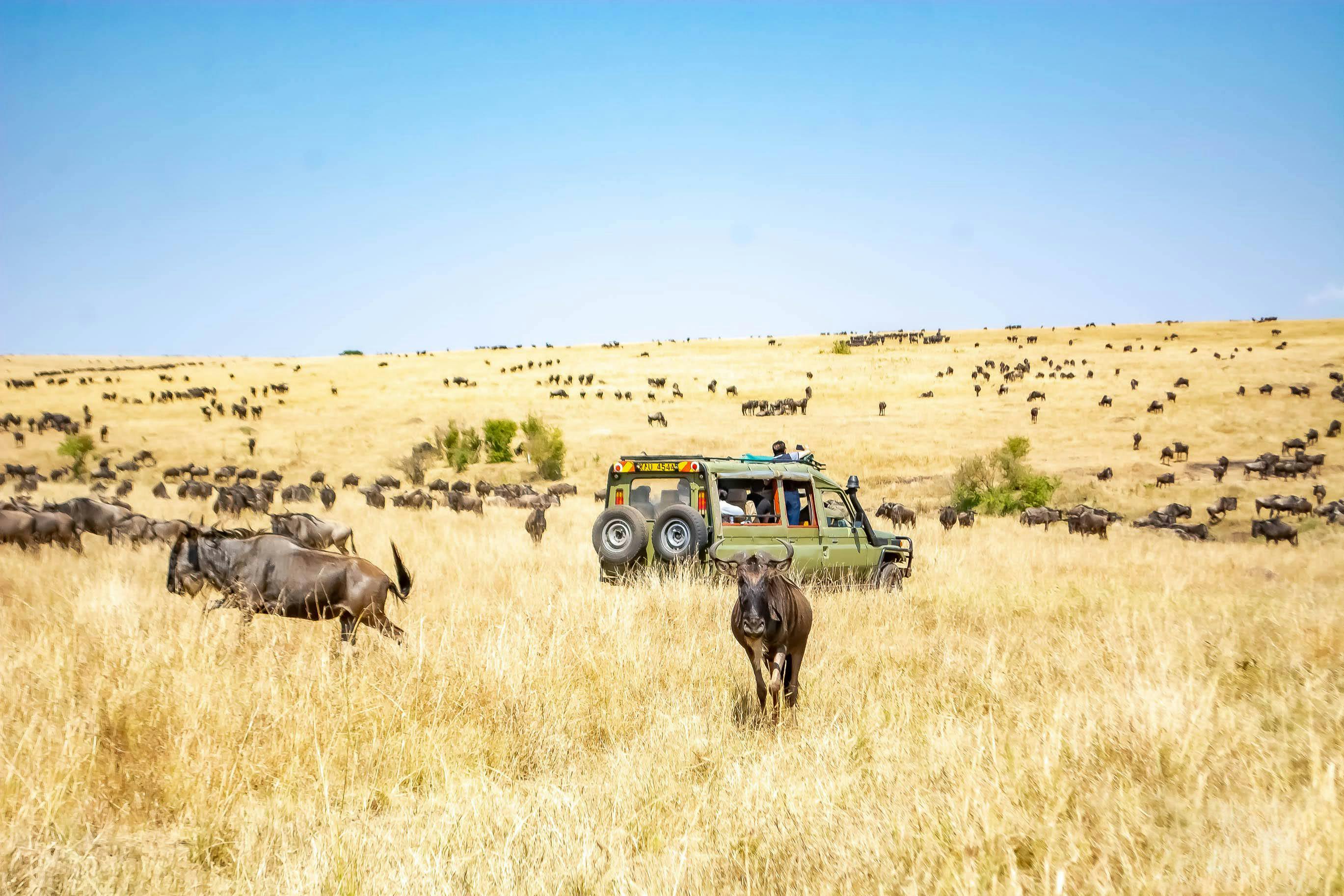
Welcome To The Savannahs
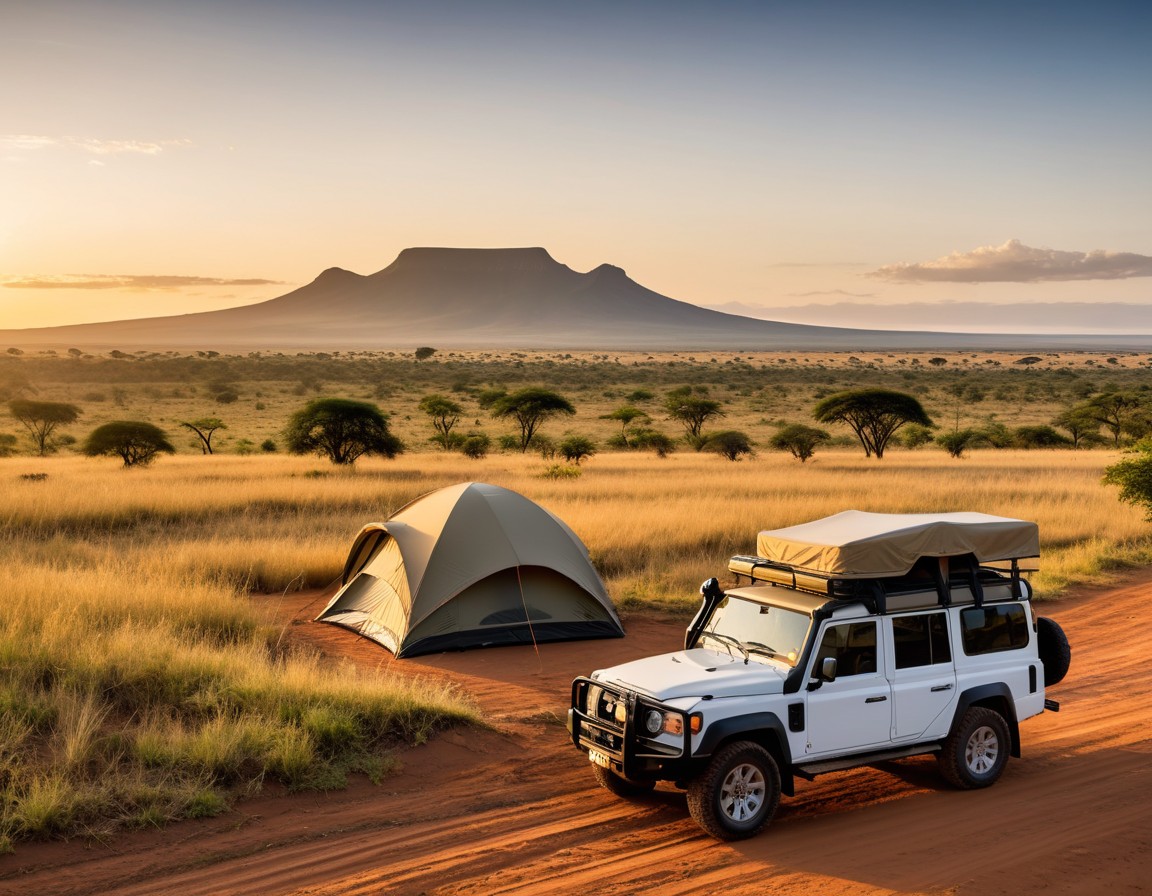
An Unforgettable Get-Away
Making the Most of Your Safari Experience
Game drives typically take place in the early morning and late afternoon when wildlife is most active. The golden light during these times also provides the best photography opportunities. Many visitors opt for full-day game drives with picnic lunches in the bush, maximizing their time in the field.
Hot air balloon safaris offer a unique perspective on the Mara ecosystem, providing bird's-eye views of the landscape and wildlife below. These early morning flights conclude with champagne breakfasts in the wilderness, creating unforgettable memories.
For photography enthusiasts, the Masai Mara offers endless opportunities. The open landscapes provide excellent visibility, while the abundant wildlife ensures plenty of subjects. Whether you're using a smartphone or professional equipment, the dramatic lighting and spectacular backdrops make every shot memorable.

Cheetahs In the Mara
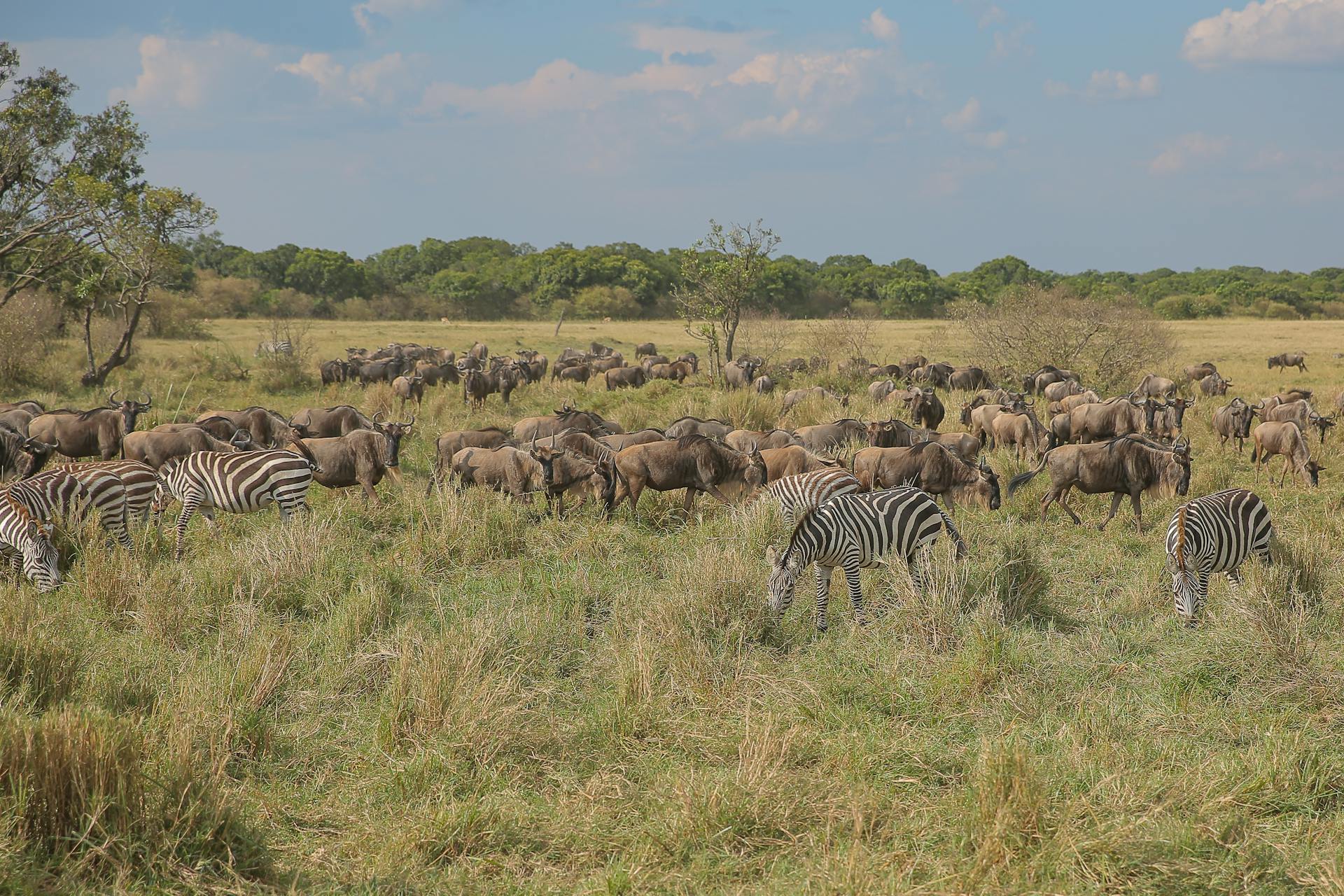
Zebras and Antelopes
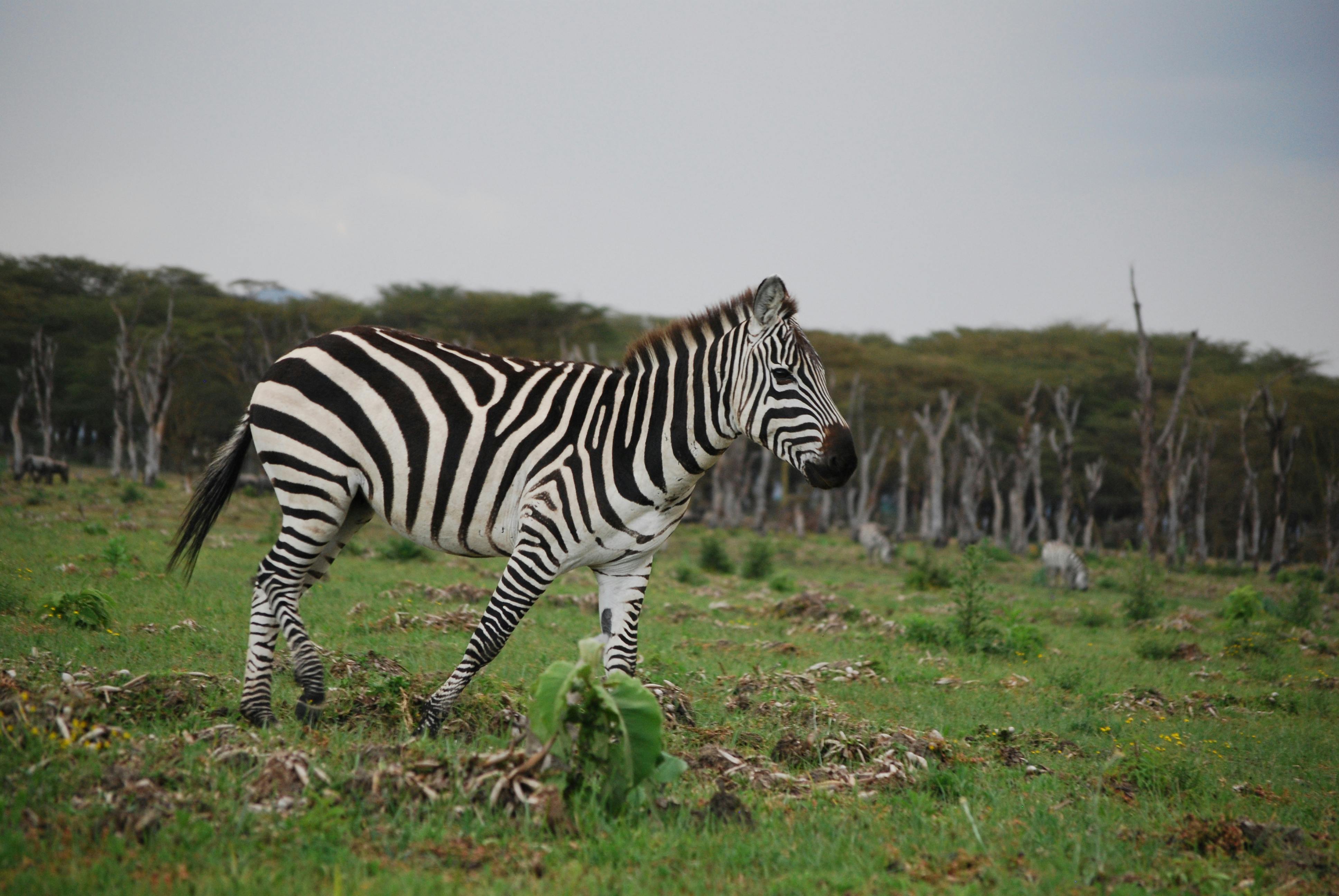
Zebras on Safari
Conservation and Sustainable Tourism
The Masai Mara faces ongoing conservation challenges, from habitat fragmentation to human-wildlife conflict. However, responsible tourism plays a vital role in conservation efforts by providing economic incentives for wildlife protection and supporting local communities.
Many lodges and camps are actively involved in conservation initiatives, from anti-poaching efforts to community development programs. By choosing operators committed to sustainable practices, visitors can ensure their safari experience contributes positively to conservation efforts.
Community conservancies around the main reserve have proven particularly successful, creating wildlife corridors while providing economic benefits to local Maasai communities. These areas often offer some of the best game viewing opportunities while supporting innovative conservation models.
Your African Adventure Awaits
The Masai Mara represents everything that makes Africa magical – vast landscapes, incredible wildlife, rich cultures, and the sense of connection to something much larger than ourselves. Whether you're watching lions hunt on the open plains, witnessing the drama of river crossings, or sharing stories around a campfire under star-filled skies, the Mara creates memories that last a lifetime.
This remarkable ecosystem continues to inspire and humble visitors from around the world. In an age of increasing urbanization and digital connectivity, the Masai Mara offers something increasingly rare – a chance to disconnect from the modern world and reconnect with the natural rhythms that have shaped life on Earth for millions of years.
Your safari adventure in the Masai Mara isn't just a vacation – it's a journey into the heart of wild Africa, where every sunset brings new possibilities and every game drive holds the promise of extraordinary encounters. The question isn't whether you'll be amazed by the Masai Mara, but rather how profoundly it will change your perspective on the natural world.
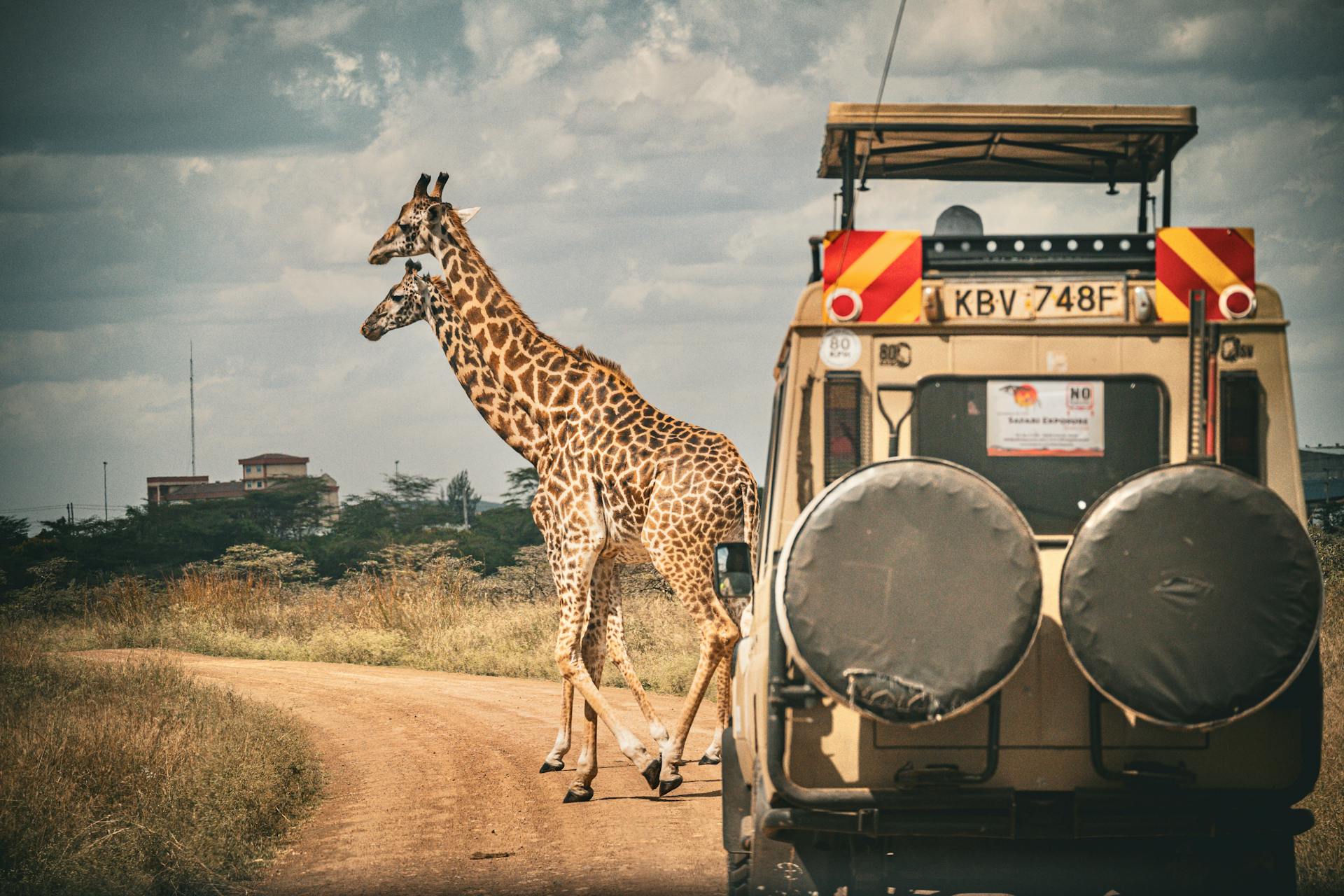
Hakuna Matata
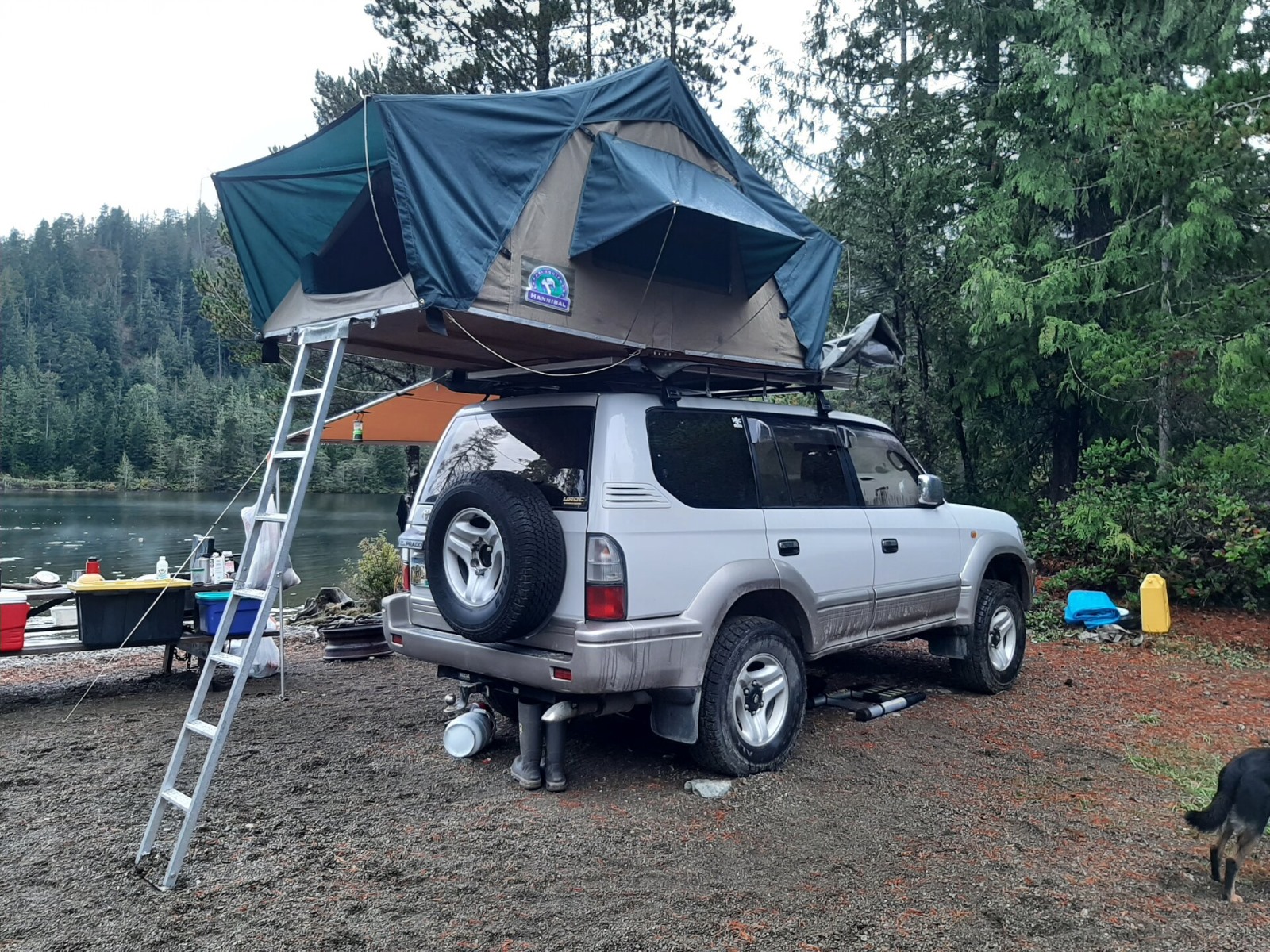
Camp Out During Your Safari
